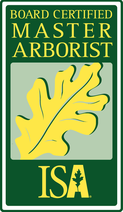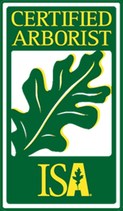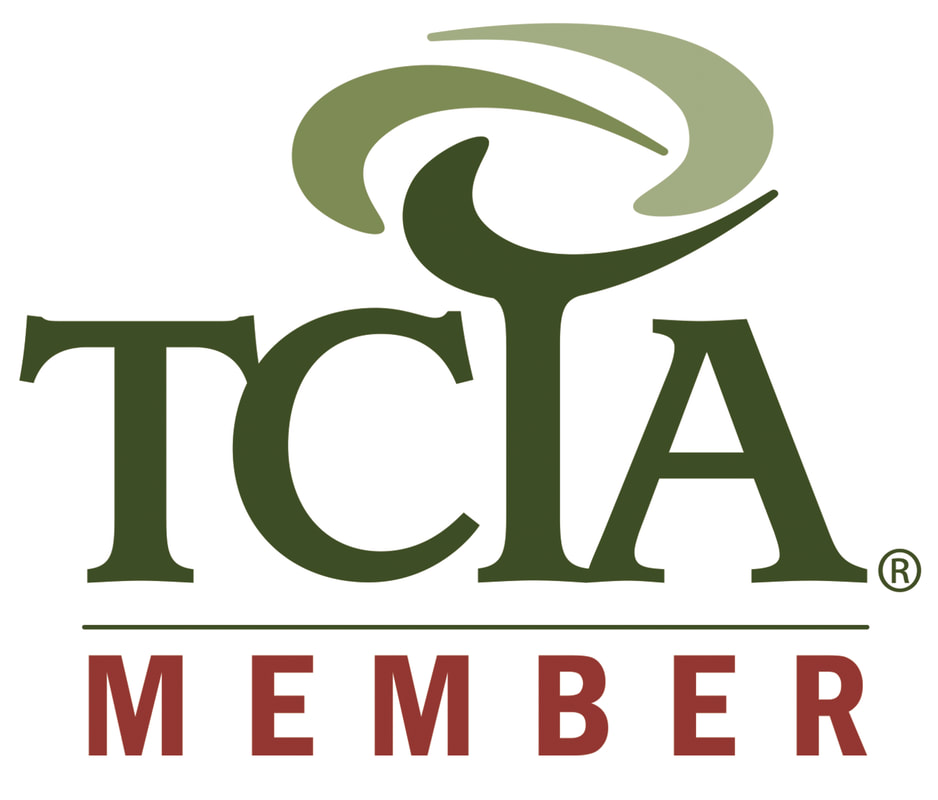- Merlin Arborist Group
-
Services
- Structural & Aesthetic Pruning
- Arborist Reports
- Tree Risk Assessment
- Tree Appraisal
- Tree Surveys & Inventories
- Tree Management Plans
- Construction Impact Mitigation
- Orchard Design, Installation, & Maintenance
- Organic Agriculture Consulting
- Integrated Pest Management
- Digital Urban Forest Mapping
- Fire Risk Reduction
- Raptor Renesting
- About Us
- Blog
- Contact
Living in California we can be a bit jumpy about fires, however now is the perfect time for them. In late fall the temperatures are cooler, humidity levels are higher, and fuels are still dry enough to ignite.
1 Comment
We were honored to be asked by the team at the Milo Baker California Native Plant Society chapter to help save a rare lily by pruning an oak at one of their preserves. We jumped at the opportunity to help out our local rare plants. Below are the kind words about the project from the CNPS crew!
If it is late summer or early fall, this is a part of a natural process as an adaptation to our summer drought climate! Every year, coast redwoods undergo a process called cladoptosis, which is the shedding of whole shoots from the tree. The resulting carpet of brown needles can look alarming, but it is usually nothing to worry about. This process is a way for the tree to remove aging needles and prevent the overgrowth of lichen in the canopy. It is also one of the ways that redwoods cope with drought - in drier years the redwood will shed more shoots to reduce the amount of water the tree requires to maintain its canopy. If your tree is healthy, then the shoots that were lost in the fall will be replaced by new, bright green growth on the tips of existing branches in the spring.
However, if the overall canopy of your tree looks thin and sparse, or if the majority of needles on the tree are yellowing then your redwood is likely in poor health. If you are still concerned, please give us a call and we would be happy to send someone out to take a look! As spring arrives and the apple, quince and pear trees of Sonoma County bloom, fire blight can become a major issue. While spring is the peak season for fire blight, this continues through the summer!
Fire blight (caused by the bacteria Erwinia amylovora) affects many plants in the Rosaceae family, but pear, quince and apple trees are particularly susceptible. Spread: In the spring, fire blight spreads most easily when trees are blooming, daytime temperatures are between 75ºF and 85ºF and the weather is rainy or humid. Cankers on the trunk and branches of infected trees begin to ooze a watery liquid that becomes dark after exposure to air. Insects are attracted to the sweet liquid and subsequently spread the infection to flowers and wounds on nearby susceptible trees. Infected blossoms and stems will initially look water soaked and gray, then they will shrivel and turn brown or black. Once bacteria enter a wound or flower, they spread via the vascular system of the tree. Leaves on diseased shoots may have a blackened midrib and veins, and a hook shape may form at the end of a diseased shoot. In older wood, cankers will form. Older cankers will be brown, dried out and may have a sunken look with cracked bark. The infection can spread two to three feet beyond the canker, and the wood will be streaked with red in areas where the infection is spreading. Management: In the spring and summer, prune out blight where you see it. Summer cuts must be at least 12 to 18 inches below the edge of a visible canker or infection site, because the bacteria is actively spreading in the vascular system. Try to cut into 2 year old or older wood. In the winter, prune diseased twigs and branches when the tree and bacteria are dormant. Winter cuts can be less aggressive - cutting at least 8 inches below the canker is recommended. Sterilize pruning tools between each cut with diluted bleach or Lysol. If the infection has reached the main trunk of the tree, the tree will die. In this case it is best to cut the tree to a stump to prevent spread to other trees. Best practices: Avoid heavy pruning and heavy nitrogen fertilization. This stimulates a lot of new growth, and young shoots are more susceptible to infection. Avoid irrigation during the blooming period. The extra moisture can facilitate the spread of fire blight. Unsure how to go about pruning to control fire blight? We are happy to help you with your fruit tree pruning needs! Merlin and Seamus volunteer each year to renest raptors with the Bird Rescue Center. Check out the video they created to highlight the renesting program! Does your property meet fire safety requirements for Sonoma County?
Creating defensible space can help protect your home in the event of a fire. Sonoma County has defensible space requirements and is beginning to implement inspections on a small number of properties this year. We can help you assess and reduce vegetative fire risks you may have on your property. Reduce the risk of fire damage to your property by implementing the following: -Cut grass to maximum height of four inches -Remove leaves, needles and other vegetation from roofs, gutters, decks, porches and other outside areas -Pruning lower tree branches to a height of at least six feet from the ground -Removing dead or dying trees, branches or shrubs adjacent to or overhanging buildings and all branches within 10 feet of any stovepipe or chimney outlet -Maintaining at least 6 inches of clearance between flammable mulches or tree duff and house siding -Removing combustible debris, such as trash, cardboard or wood near buildings -Clearing space around propane tanks (Cited from Press Democrat: https://www.pressdemocrat.com/news/9632880-181/fire-safety-inspections-starting-on-rural) Carpenterworm (Prionoxystus robiniae) infestations can severely affect oak trees. They typically only attack trees that are already stressed, so good cultural management practices are the best way to avoid infestations. Carpenterworms can be identified by the abundant frass and tunnel entrances at the base of the tree. Below are some pictures from a recent encounter with Carpenterworms on a client's heritage oak tree.
Join Merlin this fall at Santa Rosa Junior College for the Introduction to Arboriculture class! This class is ideal for anyone interested in becoming an ISA Certified Arborist or working in the landscaping industry to learn more about proper tree care.
Classes meet Wednesday evenings at 6pm. See the SRJC catalog to learn more and enroll:
https://portal.santarosa.edu/SRWeb/SR_ScheduleOfClasses.aspx?Course=37637&TermID=20187
Course topics include: Principles of urban forestry, arboriculture careers, and tree care; including tree biology, tree identification, plant health care, soils, nutrition, planting, worker safety, climbing, pruning, tree risk assessment, tree care tools and equipment. This course provides the knowledge necessary to be successful in the tree care profession. This course also prepares students for the International Society of Arboriculture's (ISA) Arborist Certification examination.
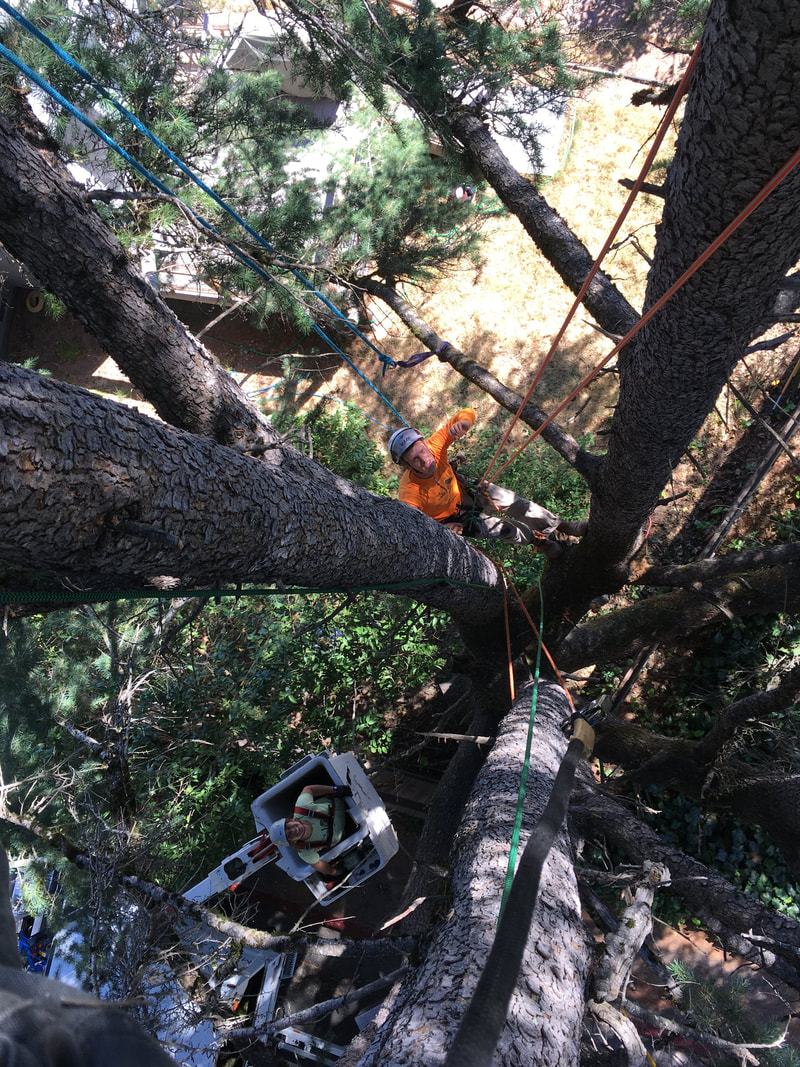
Merlin renested Great Horned Owl babies near a vineyard in Sonoma, CA. Link: https://www.youtube.com/watch?v=OLdpurNvvuo Our website made it into the top 25 best arborist blogs! Check it out and see what other great arboricultural information is out there. So thankful to be included!!
https://blog.feedspot.com/arborist_blogs/ |
Merlin
|
||||||
Merlin arborist group
|
Telephone707-888-7927
|
|
WE ARE BASED OUT OF SEBASTOPOL, CA AND PROUDLY SERVE ALL OF SONOMA COUNTY
- Merlin Arborist Group
-
Services
- Structural & Aesthetic Pruning
- Arborist Reports
- Tree Risk Assessment
- Tree Appraisal
- Tree Surveys & Inventories
- Tree Management Plans
- Construction Impact Mitigation
- Orchard Design, Installation, & Maintenance
- Organic Agriculture Consulting
- Integrated Pest Management
- Digital Urban Forest Mapping
- Fire Risk Reduction
- Raptor Renesting
- About Us
- Blog
- Contact

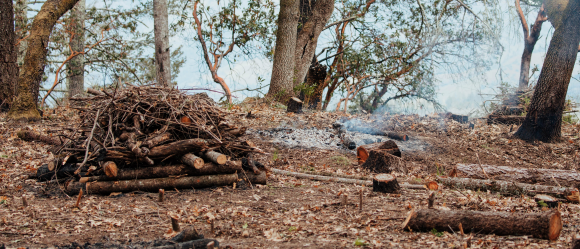
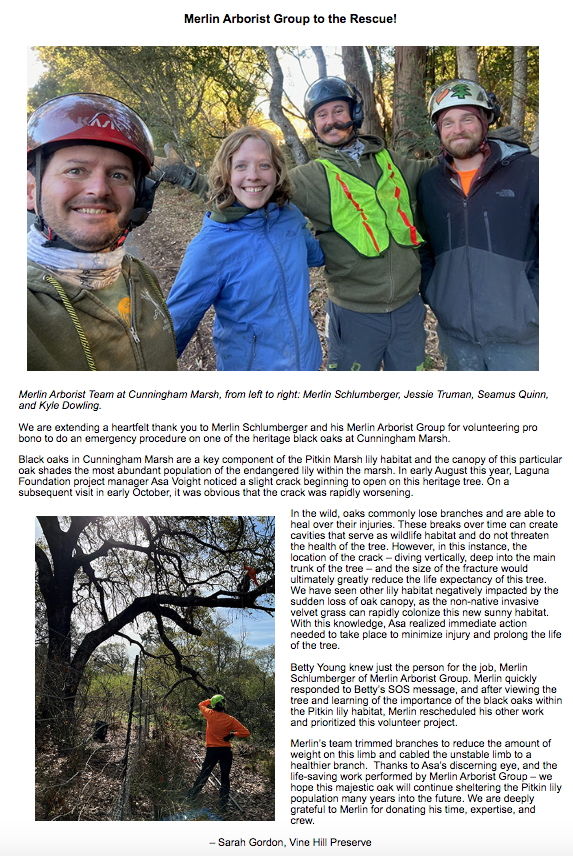
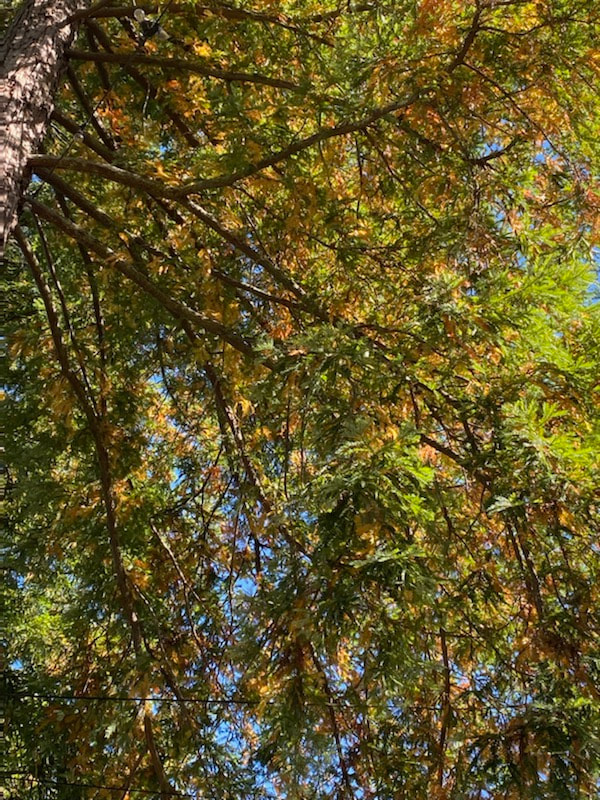
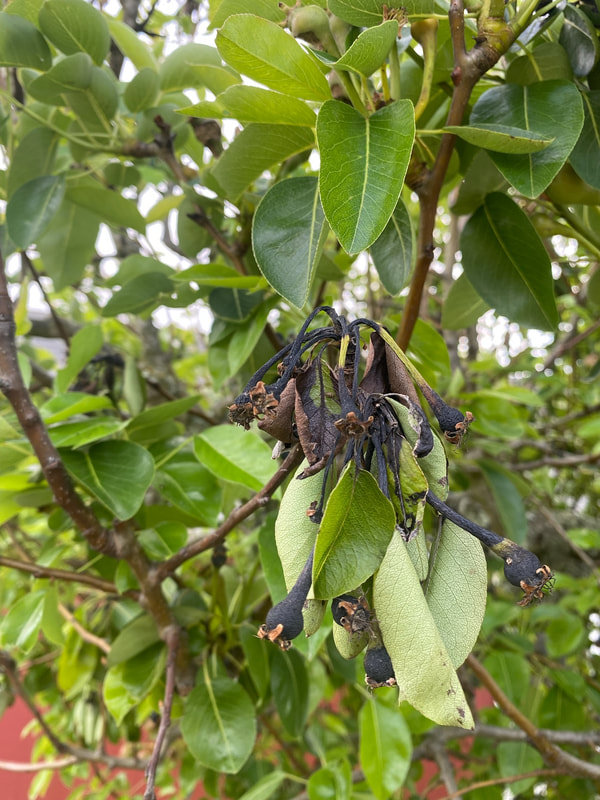
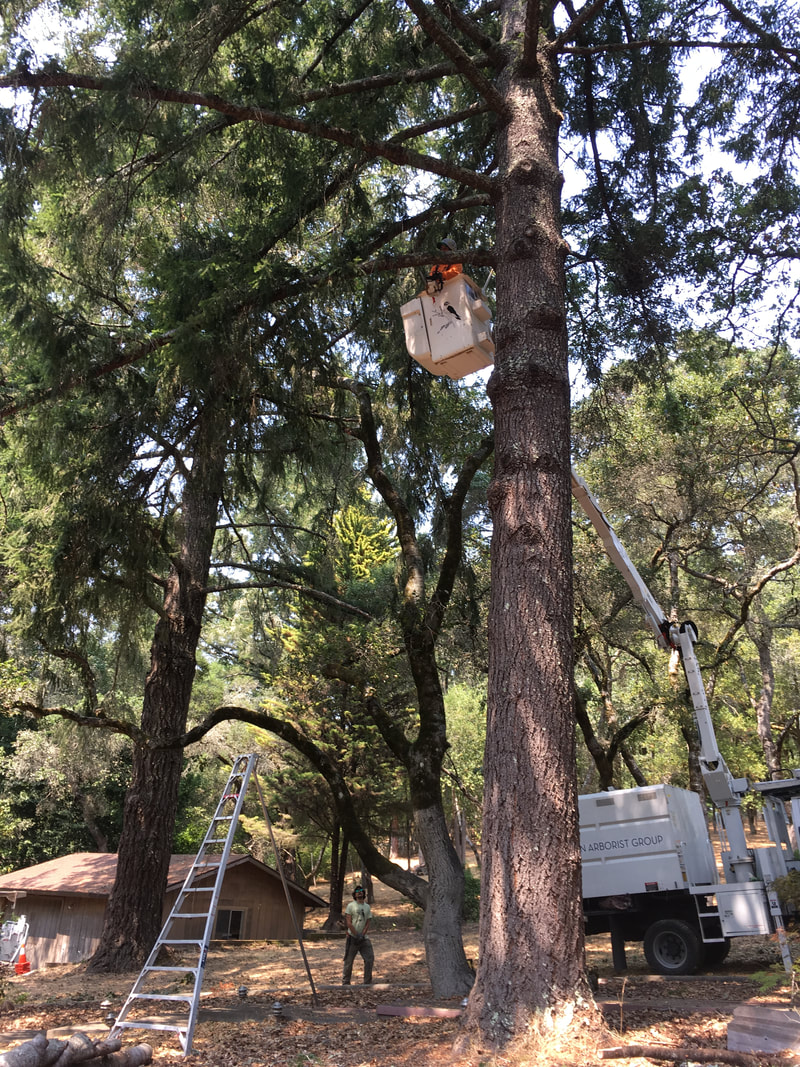
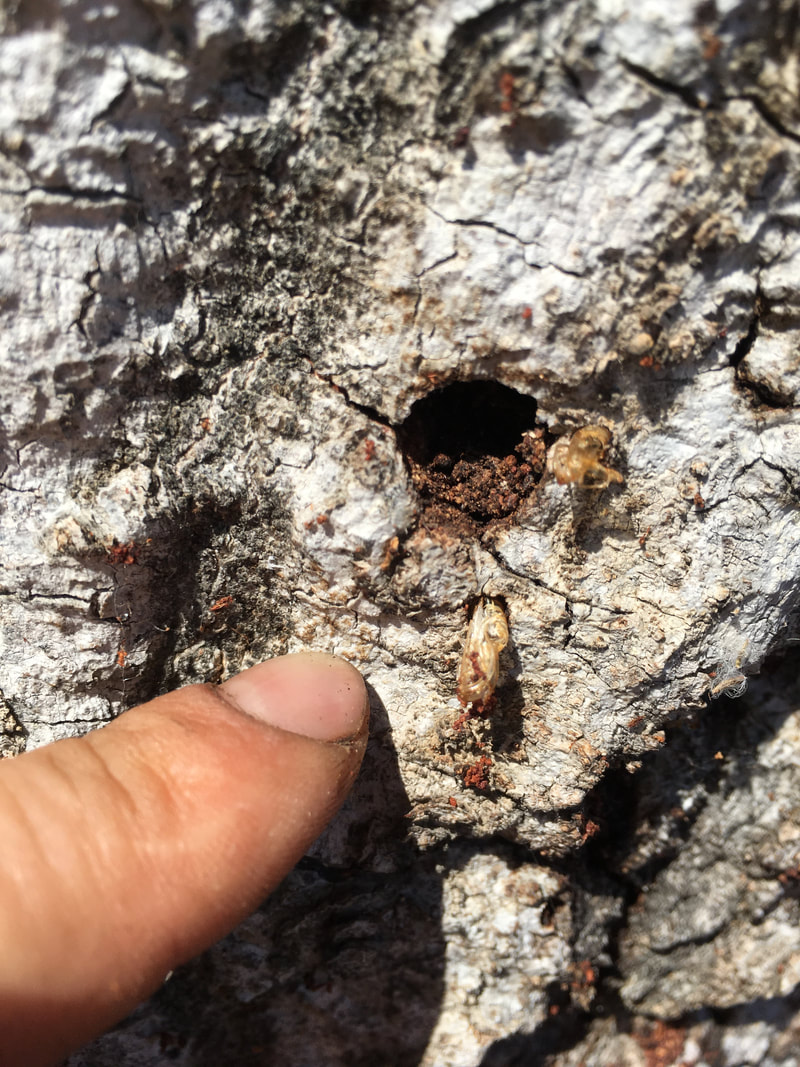
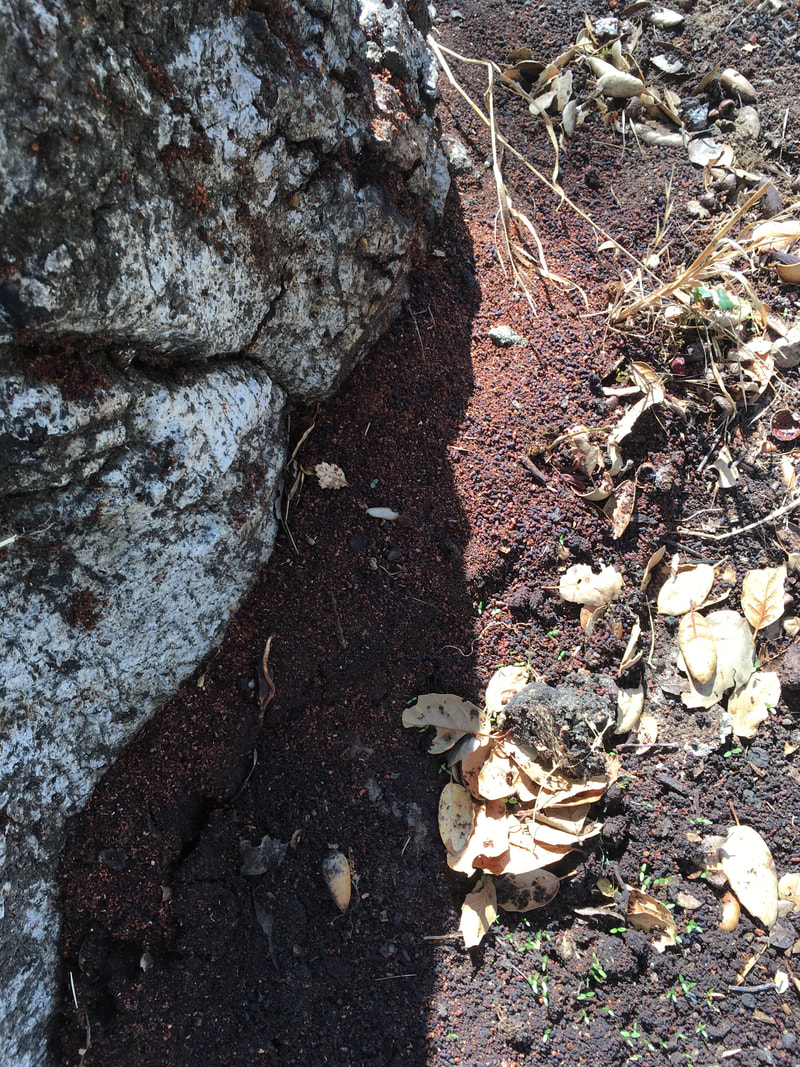

 RSS Feed
RSS Feed
